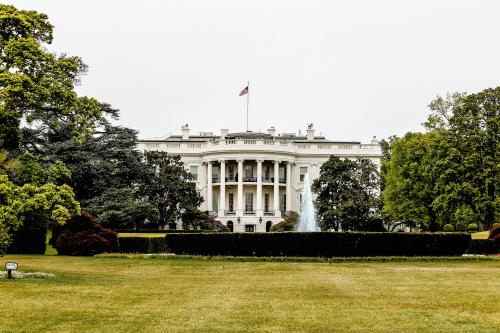Dissenting comments among the SEC’s five commissioners show the agency’s mixed feelings about moving forward with a proposed rule that would require public companies to disclose how much their chief executive is paid compared with their average employee
The SEC on September 18 released its much-anticipated proposed rule that would require public companies to disclose how much their chief executive is paid compared with their average employee, as mandated by Section 953(b) of the Dodd-Frank Wall Street Reform and Consumer Protection Act.
But dissenting comments from two of the SEC’s five commissioners made plain the agency’s ambivalence about moving forward with a proposed rule that has drawn so much criticism for what many perceive as a departure from its investor protection mandate.
‘The lack of a specific market failure identified as motivating the enactment of this provision poses significant challenges in quantifying potential economic benefits, if any, from the pay ratio disclosure,’ the proposal says.
The 20,000-plus comment letters the SEC received during the public comment period attest to the elevated level of interest, if not polarization, among investors and other stakeholders. If approved, the proposed rule would be subject to another 60-day period for public comments.
The proposed rule defines ‘annual total compensation’ as total compensation for the last completed fiscal year, consistent with existing disclosure requirements, and would allow companies to use reasonable estimates when calculating annual total compensation, any element of total compensation and the annual total compensation of the median employee. It further defines ‘all employees of the registrant’ to include full-time, part-time, temporary, seasonal and non-US employees as long as they are employed as of the last day of the company’s prior fiscal year.
Commissioner Daniel Gallagher lamented the lack of flexibility in the proposed rule’s definition of ‘issuer’ under Section 953(b). Rather than restricting the application to the registrant itself (and therefore requiring issuers to include only their own employees in the median pay calculation), the rule adopts the enterprise-wide interpretation of Regulation S-K’s Item 402, which requires the compensation for the employees of a company’s foreign subsidiaries to also be included in the calculation, making it more costly than it could have been otherwise.
At the SEC’s open meeting on September 18, newly appointed commissioner Michael Piwowar was vehement in his opposition to the SEC even considering such a rule, which he asserts will harm investors and disrupt competition. He credited the rule’s proponents for at least being open that the main purpose of the rule was to shame CEOs.
‘But the shame from this rule should not be put upon CEOs. It should be put upon the five of us who will be voting on this proposal today,’ he said. ‘Shame on us for putting special interests ahead of investors. Shame on us for letting special interests distract us from our core mission. Shame on us for surrendering our rulemaking agenda to special interests.’
In the other camp, commissioner Luis Aguilar, who cited a need for pay ratio disclosure in February, reaffirmed his support for the rule at the SEC’s open meeting, citing concern over excesses created by the practice of benchmarking executive pay to that of industry peers.
‘If comparing CEO compensation solely to the compensation of other CEOs can lead to an inefficient upward spiral, then comparing CEO compensation to the compensation of an average worker may help offset that trend,’ Aguilar said in his prepared remarks at the SEC’s open meeting on Sept 18.
But concerns about the statistical validity of benchmarking a CEO’s compensation against that of industry peers doesn’t justify a pay ratio disclosure requirement, says Patrick Quick, a partner in Foley & Lardner’s transactional and securities practice in Milwaukee.
‘You’re taking a tool that is otherwise irrelevant and using it on the chance that it will at least have a counterbalancing effect,’ he says. ‘I would rather they try to tailor something to this concern [Aguilar] has or leave it to shareholders to point out that statistical problem.’
Any notion that pay ratio disclosure might compensate for benchmarking is further undermined by the fact that it would only apply to public companies’ CEOs. They constitute only a portion of the entire market for senior executives that also includes those from private firms, family-owned enterprises and companies owned by private equity players, Quick adds.
Brandon Rees, deputy director of the AFL-CIO’s office of investment, rejects the charge by critics that the proposed rule falls outside the SEC’s central mandate to protect investors. ‘They said the same thing when the SEC first required disclosure on CEO pay 20 years ago,’ he says. ‘This just adds one more metric for investors to understand the compensation structure of the company, whether you have the CEO taking the lion’s share of the compensation or where it’s a more fair compensation structure.’
Rees declared this is a good day for investors because the rule would ‘provide investors with valuable information about the compensation structure of their companies and put CEO pay levels in a broader perspective.’








